
by admin | Feb 18, 2022 | Blog
“Clean labelling” is a consumer-driven movement that urges food manufacturers to provide goods with simple labels that disclose natural ingredients and very few chemical additives.
Clean-label food and beverage items have been popular for a long time.
According to “Food Business News,” global sales of clean-label foods and drinks were $165 billion in 2015, with $62 billion coming from North America.
By 2020, global revenues might reach $180 billion.
This shows that, despite the time and effort required to assure the safety and quality of alternative ingredients, a growing number of food businesses will join the clean labelling movement.
Firms & Food Industry
Many
large food businesses, such as Campbell Soup Company, Nestlé, and
Mars, have pledged to eliminate artificial food additives, and clean
labelling is driving food product development innovation.
Clean
labelling is becoming more of a requirement than a trend in the
United States and around the world to stay competitive.
A
successful clean-label revolution necessitates a thorough
understanding of consumer perspectives, but many consumers are
unaware of or disagree about what constitutes a clean label.
Furthermore, switching from artificial to natural components is not a simple procedure for food firms.
Clean labelling will be discussed in depth in this publication, from both a consumer and an industry standpoint.
But How To Define Clean Label?
Here
are four clean label required components
-
The
product’s total weight
-
The
address of the manufacturer
-
The
nutritional information &
-
The
list of ingredients, including allergens and health claims
There is currently no legal or regulatory definition for “clean label.”
The term is defined by both the consumer’s view of what “natural” means and the marketing strategies used by food makers.
The
term “clean label” might imply many things to different
individuals, but it usually refers to the following concept.
-
Artificial
tastes, artificial colors, artificial preservatives, or synthetic
substances are not used.
-
Simplicity:
Fewer chemicals and easily identifiable substances that don’t sound
synthetic or chemical
-
Transparency:
entails knowing where ingredients come from and how goods are made.
-
Minimal
processing: involves using procedures that customers are unaware are
fake.
A clean-labeled product may have a shorter ingredient list or words on the food label such as “natural,” “simple,” “no artificial,” and “no preservatives.”
Ingredient Transparency
Ingredient transparency gives insight into the origins of those ingredients and the methods used to obtain them, whereas clean label refers to specific types of ingredients in food.
The
Clean Label Project has raised consumer awareness of what should and
shouldn’t be included on ingredient lists.
While the terms “clean label” and “label transparency” are similar, the distinctions between them might contribute to the confusion generated by today’s food labelling.
Both concepts, however, are critical for gaining consumer trust.
Industry Nowadays Activities
Many
large manufacturers have pledged to reduce their ingredient lists and
others have added explanations to sensitive substances on the label
to make them appear “clean” or “natural” to
customers.
Other
tactics, such as ingredient counts, are used by certain food firms to
express the clean-label philosophy.
Learn More about Natural Colors click Here.

by admin | Feb 11, 2022 | Blog
In simple words you can say that natural color is what you obtain from the natural things that have the ability that it can be used as a food color like vegetables, seeds, algae etc. Use of natural color is completely safe. Some examples of natural food color are carotenoids, chlorophyll, anthocyanin, and turmeric.
We have various natural food color that are very beneficial for the health to check our products click Here.
Advantages using natural color in food
- Although not all natural Colors have been tested for health safety, but mostly are regarded safe and healthy to use in the long run.
- Because of the extensive research and development that has gone into identifying alternatives to artificial colour additives, Natural colour has a startling number of colours to select from. Purple sweet potato extract is currently being studied as a new source of natural colour.
- The pigment in potatoes is difficult to extract and expensive at the moment; however, researcher Stephen Talcott is dedicated to discovering the best ways to obtain that colour quickly and inexpensively.
- Color stability, intense colours, and a broad colour range comes in the advantages of natural food color.
- One of the best things about natural food color is that it makes the food looks so attractive so customers get fascinated just because of its beautiful colors.
If
we talk about artificial colors so it has various side effects which
are very bad for health refrain from using artificial colors some
side effects of artificial colors are
- ADHD
is a type of hyperactivity.
- Irritability
and depression
- Asthma
and hives.
- Tumor
development
Please avoid artificial colors to use in a long run
Disadvantages of using Natural Food Color
- Because natural food colorings are produce from real food, they may have a distinct flavour that affects the product’s taste. When expose to high temperatures, they are also not guarantee to preserve their original hue.
- Furthermore, because it is create from natural products, it may trigger an adverse reaction in those who are allergic to the product from which it is made. Natural food colorings are more expensive than Artificial food colorings.
- FDA approved most of the natural food colors because it’s very easy & safe to use.
- Natural food colouring is safe to consume and can be use instead of artificial food colouring to reduce the amount of processed food consumed. Carotenoids, chlorophyll, anthocyanin, and turmeric people using from decades.
To Check & order natural food colors visit Natural colors.

by admin | Jan 17, 2022 | Blog
Sodium Copper Chlorophyll
It is used as food colorant & supplement.
Its color is dark green talking about its properties so it has antimutagenic and antioxidant properties.
Talking about how it’s gotten prepared so it obtains from natural chlorophyll.
This product we are offering comes in powder, liquid & oil soluble form
Applications
Mostly uses in the dry beverages’ mixes, ice creams & confectionery as well.
- Assists in the body’s natural blood-cleansing processes.
- Protects and builds healthy cells promotes circulatory, intestinal, digestive, and immunological health.
- Promotes a healthy pH balance in the body.
- Deodorizes the entire body, including the intestines.
- Free of Parabens.
Antioxidant
Sodium copper chlorophyll has antioxidant properties.
Chlorophyllin has antioxidant properties, and it may neutralise a variety of physically relevant oxidants in vitro.
Some evidence with the help of animals research says that using copper chlorophyllin may reduce oxidative damage caused by chemical carcinogens and radiation.
Skin Healing
Its proven helpful in reducing the inflammation of the skin.
Internal deodrant
It is very use full & effective when its comes to eliminating the digestive tract odors which is because of the incontinence, colostomy, ileostomy.
Improves Kidney Function
Sodium copper chlorophyll normalize the urine parameters which results in improving the kidneys funtion.
Cancer, Skin, Weight Management
Chlorophyll supplement companies say that it can enhance red blood cells, aid weight reduction, mend damaged skin, reduce inflammation, and prevent cancer.
Although the list is impressive, few of the claims are support by scientific data.
"There’s some indication that chlorophyll skin treatments could potentially fight acne," Wohlford adds, "and there’s been very, very minimal evidence about weight loss."
"Aside from that, we know it’s made up of antioxidants and comes from plants." That’s about the limit of what we can confirm securely."
Dosage
Over taking anything is bad for you. Copper,
which is found in chlorophyllin, can have major side effects if taken in large levels for a sustain length of time.
When used on the skin, . It could make your skin more sun-sensitive.
The FDA is changing some food color standards to allow for the safe use of sodium copper chlorophyllin as a colour additive
In citrus-based dry beverage mixes as reported it is safe to use with no extreme bad side effect.
In response to a petition submitted by Kraft Foods, Inc., this action has been taken.
To send us inquiry please click on Inquiry
To explore more products click Products.

by admin | Jan 6, 2022 | Blog
Introduction
Natural food coloring refers to the extraction of pigments from natural sources. These natural sources predominantly include plants .
More people than ever before are opting for products with natural food coloring to avoid any health uncertainty in this contemporary era.
This article will learn about the impact of natural food coloring on human skin.
We are often caught up in this misconception that natural colorings do not affect the skin; people think plant-based colorings are completely safe.
This is inaccurate. On the contrary, coloring can stain skin because the concentration of the coloring exceeds the liquid, directing towards a higher probability of stain.
Each color occupies different characteristics & it completely depends of what kind of color you are using on your skin.
But the product that we are offering are mostly very safe to use & dont impact skin or put any stain on the skin. But there are various colors that actually affect the skin when using it in large amount.
The answer to the topic:
To be articulate, the answer is "yes." There exist numerous natural food colorings that actually can put stain on skin, whether short-term or long-term.
Each coloring performs according to its characteristics. Naturally extracted pigments from fruits and vegetables have been reported to stain the skin of the manifold. Some require a deep process of cleansing, while others fade away naturally.
So it completely depends on what kind of natural color you are trying to use.
Why is natural food coloring applied to the skin?
The reply to this is "festive." In these modern times, people apply natural food coloring for celebrations and get-together concerns.
They desire to be admirable in the eyes of others and want to look distinct in the function. For instance, the function lasts for 4-5 hours, and people find it "extreme" hard to get rid of the natural coloring.
Consequently, they end up losing their precious time in the cleansing process.
Solution
Whenever the human skin catches food coloring, the first and foremost aspect to consider is the quick removal of the color. Cleansing effectively prior the color drying would be your best bet.
If, for instance, you came to notice later, then adding vinegar solution to the affected area can work. Once done, wipe off gently with a towel.
If any changes aren’t experienced, then adding baking soda solution to the stained area could be opted.
Apart from this, the "smart" solution is the accessibility to technology which consumes less time.
Individuals with stained skin should look for the latest technologies in the local market and online, giving birth to deep cleansing and saving abundant time.
Conclusion
We reach an end here. Coloring stains need to be taken care of to avoid any unforeseeable precariousness.
If you are skeptical about anything, you are always more than welcome to take out time for research or consult a skin specialist.
Visit our Products
Learn More About Natural color click here

by admin | Jan 4, 2022 | Blog
It is a food additive which is having the E number 153. Commonly this pigment is known by the name of vegetable carbon also as a carbon black.
Regarding color of this pigment so it’s dark black which is used in the cosmetics as a eyeliner, mascara & lipstick as well.
Charcoal is known for its properties of clearing the toxins from the body.
Its typically used in the applications like Bakery products, cheese coating, decorations, cosmetics and pharmaceuticals. Today we are going to elucidate regarding its use in the cosmetics.
Toothpaste
Use of carbon black becomes trend in the world. It is used in beauty products and tooth paste as well. People use this pigment as well for whitening their teeth.
But what it does to our teeth? What carbon black do is basically it removes the stain from the teeth it not only removes but also soak up the surface stains as well which is one of its vibrant benefits.
One thing to be noted is you should pick up the well-known brand for using this as a toothpaste because many of charcoal toothpaste brands don’t have fluoride in them which results weaken the teeth of an individual.
Face cleanser
Use of carbon black helps the skin to become smoother & it also gives healthy fresh look to the skin.
When you apply this on your skin it removes all the dirt from your skin and makes your skin looks fresher and more energized.
Use in soaps
This
substance also uses in the soaps as well which is basically made to
clear out the pores and removes the acne as well. Soap is completely
safe to use on your body & face. Not only that it also helps to
stop premature aging. Charcoal soap is very good to treat the dry
skin & it also treats the eczema and psoriasis.
Psoriasis:
A
skin disease which cause red, itchy patches
Eczema: Swelling, inflammation of the skin
Shampoos
Many brands offer charcoal in the shampoos which removes the dirt & oil from the hairs without disturbing natural moisture of the hairs.
It not only helps the hair to get stronger but also do treat the scalp. These shampoos also help in the hair growth & treat the dandruff and itchiness.
Side effects
Vegetable
carbon is completely safe to use whether in cosmetics, food or
pharmaceuticals approve by EU & Canadian authorities. But using
this pigment in a excessive way whether in food, medicines or
cosmetics can lead to different side effects but those side effect
are not serious or life threating effects because we already mention
it’s a approved food additive.
To
send us inquiry please Visit Santacolor.
To
learn more about our products do visit Our
products.


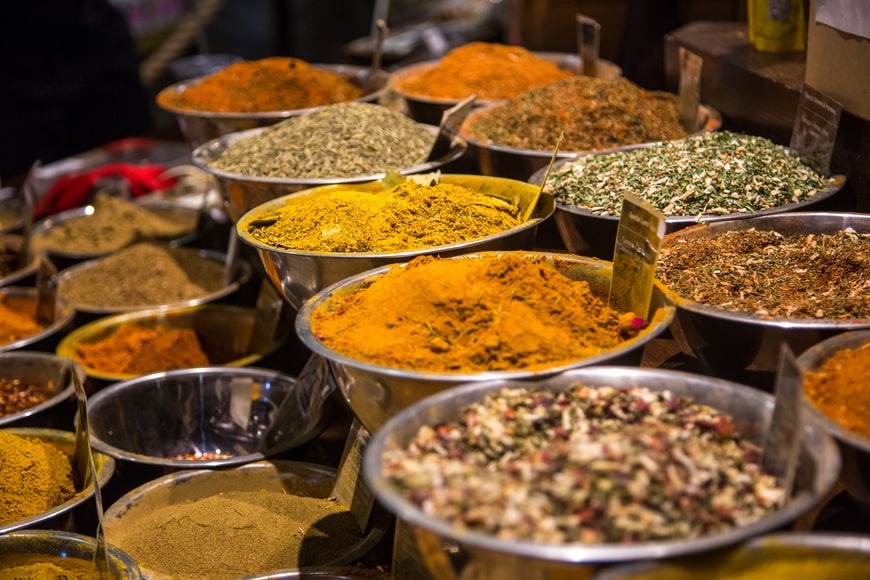
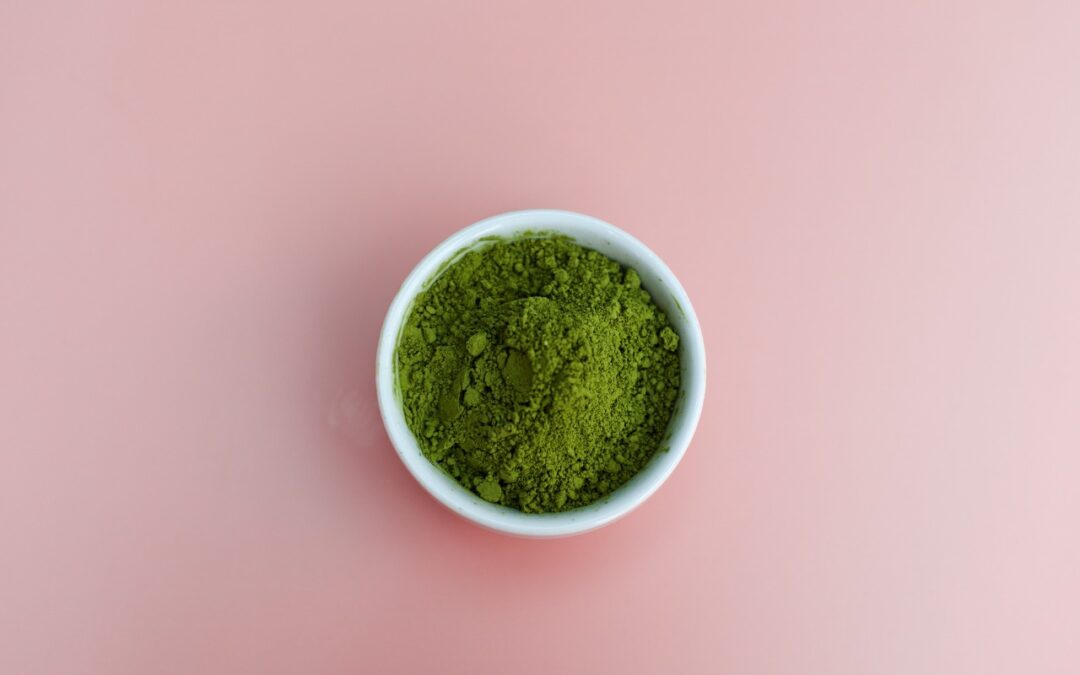


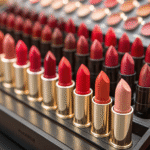
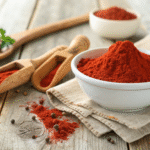


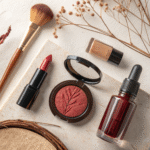
Recent Comments